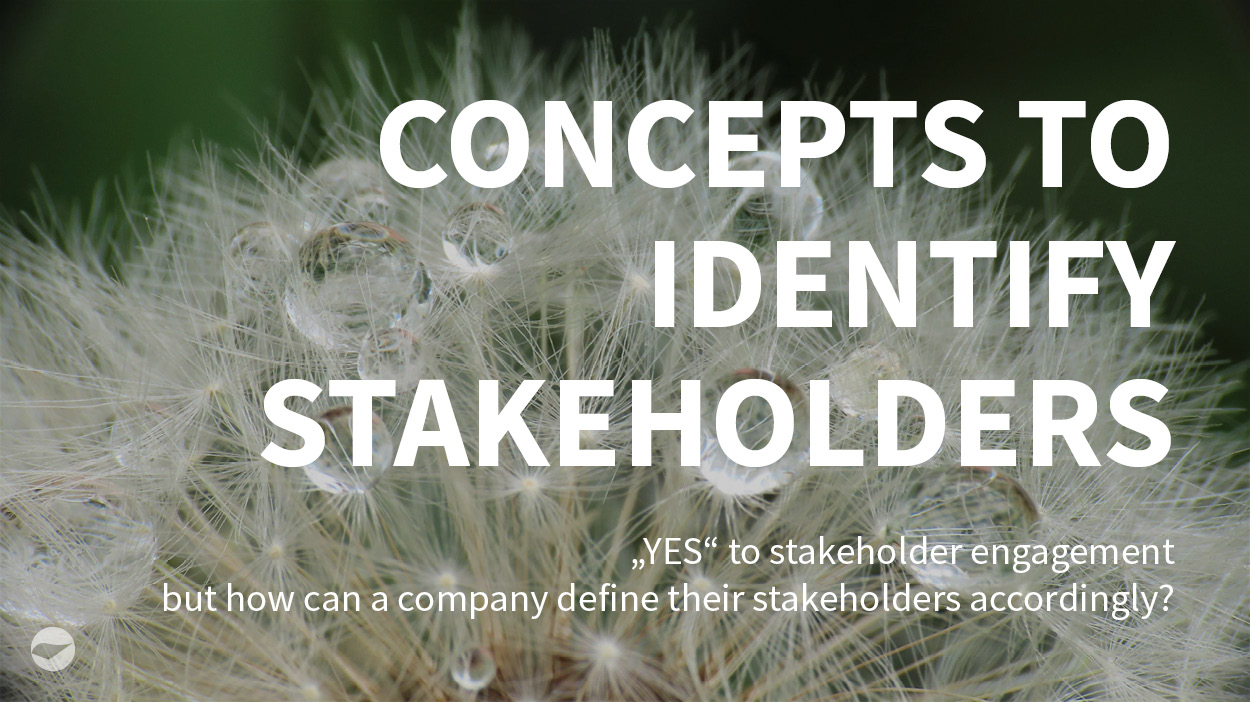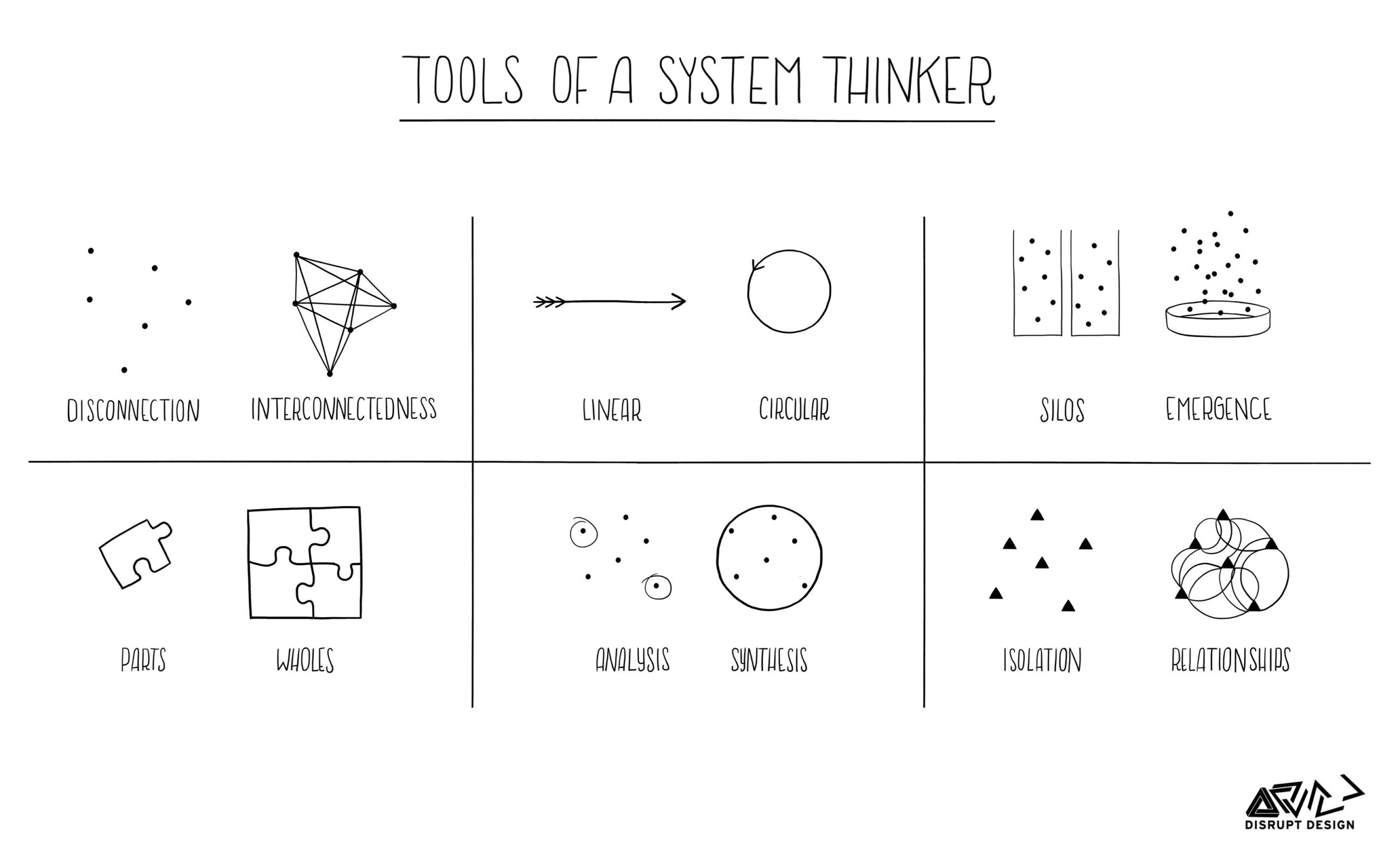- Inform. The goal is to achieve legitimacy and consensus with one or more stakeholder groups, some of which may be complex or contentious. This is mostly pursued as an objective within sustainability reporting.
- Talking to each other or opening a dialog channel. The goals pursued via this are mutual enrichment, learning together, and inspiration. Instruments such as panels and focus groups are often used for this purpose.
- Collaboration. Focusing on sustainability often involves institutionalized working groups not only learning together but correcting each other and developing system-relevant or -changing solutions to problems.
- Co-design and shared engagement. When governance processes continuously involve key stakeholders to systemically control, evolve and influence the overall system, mechanisms, rules of the game, or business model of the enterprise, a comprehensive learning and change process takes place.
The stakeholder dialog as an essential tool
An essential tool for a company to understand which issues are relevant to its own sustainability is to prepare, engage and dialog with its own stakeholders. Stakeholder engagement is described not only in the latest standard of the Global Reporting Initiative (GRI 2021), but also in the drafts of the European Sustainability Reporting Standards (ESRS) published on November 15 as a fundamental step in identifying the key sustainability issues.
A company and its activities have an impact, not only on the environment, but also on other people and other institutions. These individuals or groups of people who are potentially and actually affected by these activities or who can also influence them are referred to as stakeholders. Dialog with the various stakeholder groups will become increasingly important for companies and in a few years will already be standard for every modern company. The company is thus redefining its ecosystem.
What are “stakeholders” and what does “stakeholder dialog” mean?
To define the term stakeholder, the world’s most established sustainability reporting standard, the GRI (Global Reporting Initiative), refers to an OECD definition. According to this, stakeholders are “(…) individuals or groups who have an interest that is affected or could be affected by the activities products, or services of the reporting organization (…)”.
“Stakeholder dialog” is a sometimes one-time, often ongoing, documented, and institutionalized interaction process between an organization and its stakeholders. In general, there are different levels at which this dialog can take place with different objectives:

BRESSANONE HEADQUARTERS
Terra Institute Srl
Via Sant'Albuino 2
39042 Bressanone (BZ)
Italy
INNSBRUCK OFFICE AUSTRIA WESt
Maria Theresienstr. 34
6020 Innsbruck
Austria




